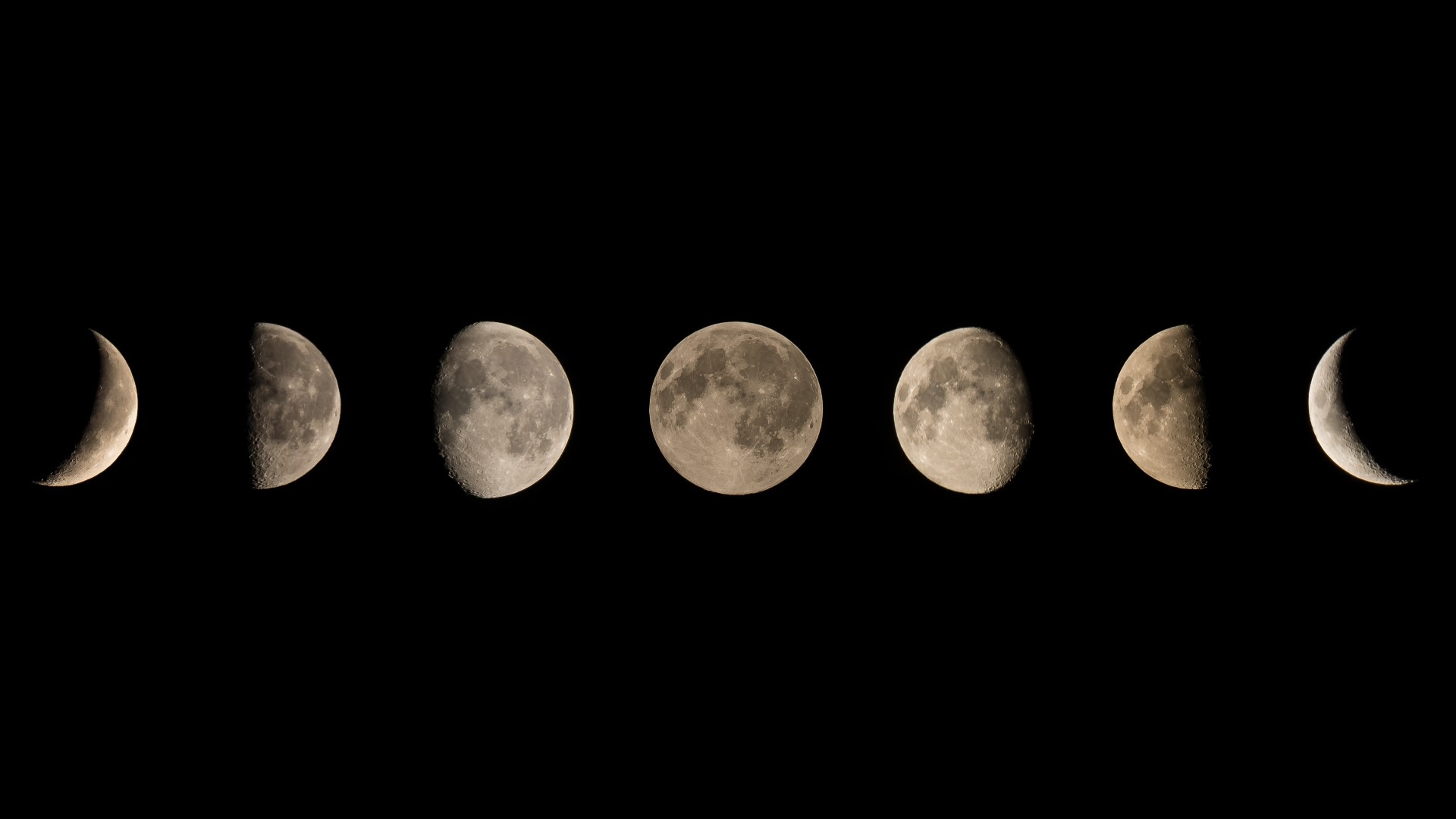
Ever wondered why moons captivate our imagination? These celestial bodies, orbiting planets across our solar system, hold secrets and wonders that spark curiosity. From Earth's own Moon, which influences tides and has been a beacon for explorers, to the mysterious moons of Jupiter and Saturn, each one has unique features. Some moons have icy surfaces hiding oceans beneath, while others boast active volcanoes. Understanding these natural satellites helps us learn more about the universe and our place within it. Ready to dive into 27 fascinating facts about moons? Buckle up, because these tidbits will take you on a cosmic journey!
Moons in Our Solar System
Moons, also known as natural satellites, are fascinating celestial bodies that orbit planets. They come in various sizes, compositions, and characteristics. Let's explore some intriguing facts about moons in our solar system.
- Earth's Moon is the fifth largest moon in the solar system.
- Jupiter has the most moons, with 79 confirmed moons.
- Ganymede, a moon of Jupiter, is the largest moon in the solar system.
- Saturn's moon Titan has a thick atmosphere, even denser than Earth's.
- Neptune's moon Triton orbits in the opposite direction of Neptune's rotation.
- Pluto, though a dwarf planet, has five known moons.
- Mars has two small moons, Phobos and Deimos, which are likely captured asteroids.
Unique Features of Moons
Moons are not just simple rocks floating in space. Many have unique features that make them stand out. Here are some interesting facts about the unique characteristics of moons.
- Europa, one of Jupiter's moons, has a subsurface ocean beneath its icy crust.
- Io, another of Jupiter's moons, is the most volcanically active body in the solar system.
- Enceladus, a moon of Saturn, has geysers that shoot water ice into space.
- Callisto, a moon of Jupiter, is heavily cratered and one of the oldest surfaces in the solar system.
- Titan has lakes and rivers of liquid methane and ethane.
- Miranda, a moon of Uranus, has one of the most varied and extreme landscapes.
- Charon, Pluto's largest moon, is so big that Pluto and Charon are sometimes considered a double dwarf planet system.
Moons and Their Orbits
The way moons orbit their planets can tell us a lot about their history and the dynamics of the solar system. Here are some facts about moon orbits.
- Earth's Moon is slowly drifting away from Earth at a rate of about 1.5 inches per year.
- Some moons, like Neptune's Triton, have retrograde orbits, meaning they orbit in the opposite direction of the planet's rotation.
- Many of Saturn's moons are in synchronous rotation, always showing the same face to the planet.
- The moons of Mars, Phobos and Deimos, have very irregular shapes and orbits close to the planet.
- Jupiter's moon Amalthea orbits within the planet's ring system.
- Uranus's moons have extreme axial tilts, just like the planet itself.
- Some moons, like Saturn's Hyperion, have chaotic orbits, meaning their rotation and orbit are unpredictable.
Moons and Human Exploration
Humans have been fascinated by moons for centuries, and they have been the target of many exploration missions. Here are some facts about human exploration of moons.
- The Apollo missions landed 12 astronauts on the Moon between 1969 and 1972.
- The Soviet Union's Luna program was the first to reach the Moon with an unmanned spacecraft in 1959.
- NASA's Galileo spacecraft discovered evidence of a subsurface ocean on Europa.
- The Cassini mission provided detailed images and data about Saturn's moons, especially Titan and Enceladus.
- China's Chang'e program has successfully landed rovers on the Moon, including the far side.
- Future missions, like NASA's Artemis program, aim to return humans to the Moon and establish a sustainable presence.
The Final Frontier
Moons are more than just celestial bodies orbiting planets. They hold secrets about our solar system's past and even our own planet's history. From Earth's Moon, which influences tides and stabilizes our axis, to Jupiter's Ganymede, the largest moon, each one has unique characteristics. Some moons, like Europa, might even harbor life beneath their icy surfaces.
Understanding moons helps us grasp the complexities of space. They offer clues about planetary formation and the potential for life beyond Earth. As technology advances, our knowledge will only grow, revealing more about these fascinating objects.
So next time you gaze at the night sky, remember there's a lot more to moons than meets the eye. They're not just rocks in space; they're keys to unlocking the mysteries of the universe. Keep looking up—you never know what you might discover.
Was this page helpful?
Our commitment to delivering trustworthy and engaging content is at the heart of what we do. Each fact on our site is contributed by real users like you, bringing a wealth of diverse insights and information. To ensure the highest standards of accuracy and reliability, our dedicated editors meticulously review each submission. This process guarantees that the facts we share are not only fascinating but also credible. Trust in our commitment to quality and authenticity as you explore and learn with us.
